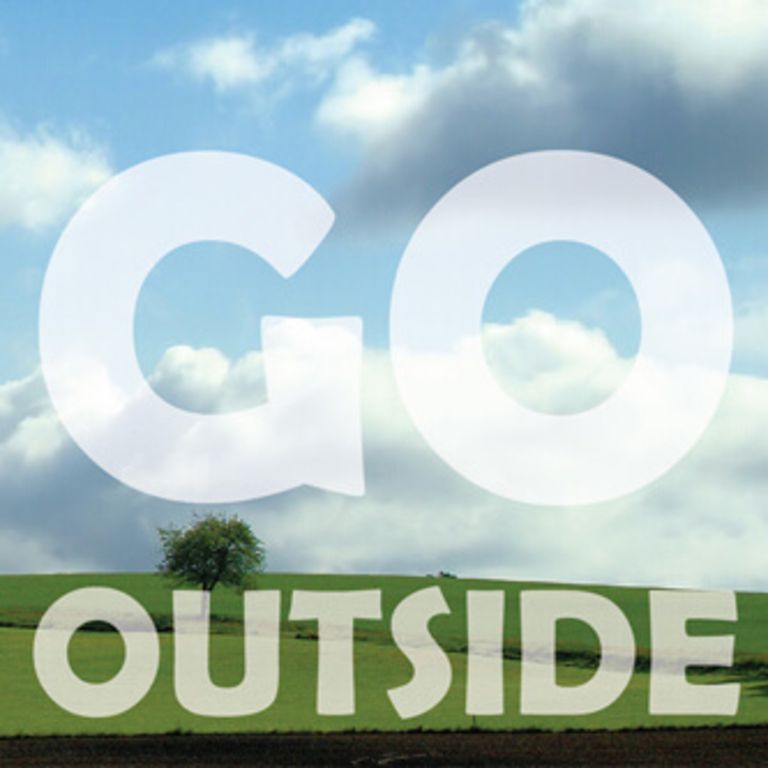Go Outside

Robert Curgenven
Go Outside
Kaon | mCD Ju12 | July 2012 |
La Riviere – Series 3
3" CD
PHYSICAL EDITION SOLD OUT
Digital edition available via Bandcamp

Robert Curgenven
Go Outside
Kaon | mCD Ju12 | July 2012 |
La Riviere – Series 3
3" CD
PHYSICAL EDITION SOLD OUT
Digital edition available via Bandcamp